Disclosure: This article contains affiliate links. We may earn a commission from purchases at no extra cost to you, which helps our travel content.
Standing at the edge of Kaptai Lake as dawn breaks over Rangamati, I'm struck by the profound ma — that perfect negative space between the mountains and their reflection in the still water. Bangladesh isn't typically associated with mountain trekking, yet here in the Chittagong Hill Tracts, some of South Asia's most underappreciated trails await the intrepid traveler. This remote region, home to 13 indigenous tribes each with their distinct cultural heritage, offers a trekking experience that feels worlds away from the densely populated Bangladeshi plains. As someone who has sought mountains from the Japanese Alps to the Himalayas, I found something uniquely compelling in Rangamati's blend of challenging terrain, cultural richness, and the almost complete absence of commercial tourism. What follows is my account of a week spent navigating these hills, where ancient traditions and pristine nature exist in a delicate balance that reminds me of my grandfather's philosophy of finding beauty in impermanence.
Preparing for Rangamati's Remote Reality
The journey to Rangamati begins long before you set foot on its trails. As Bangladesh's largest district and one of its least accessible, preparation is not merely recommended—it's essential. My journey started with securing the necessary permits, a process that requires patience and foresight. The Chittagong Hill Tracts remain under special governance due to historical tensions, and foreign visitors must obtain permits from the Ministry of Home Affairs in Dhaka, ideally at least three weeks before arrival.
I found myself grateful for my topographic map during planning, as digital maps often lack detail in this region. While researching, I discovered that winter (November through February) offers the ideal trekking window—dry conditions with temperatures that hover between 15-25°C (59-77°F), perfect for long days on mountain trails.
Packing for Rangamati demands thoughtfulness. The region's remoteness means you'll need to bring most essentials from Dhaka or Chittagong. My kit included moisture-wicking layers, a light down jacket for cool evenings, and most crucially, a water purification system that proved indispensable throughout the journey. Water sources are plentiful in the hills, but purification is non-negotiable.
Cultural preparation proved equally important. I spent evenings reading about the Chakma, Marma, and other indigenous communities whose ancestral lands I would be traversing. Understanding their customs—removing shoes before entering homes, accepting tea when offered (refusing is considered impolite), asking permission before photographing people—enriched my interactions immeasurably. This research also helped me recognize the complex political dynamics of the region, where indigenous rights and environmental preservation often stand in tension with development pressures.

💡 Pro Tips
- Apply for permits at least 3-4 weeks before your trip through the Ministry of Home Affairs in Dhaka
- Bring cash (Bangladeshi Taka) as ATMs are scarce and often non-functional in remote areas
- Learn basic Bengali phrases and a few words in Chakma if possible—locals deeply appreciate the effort
The Shuvolong Falls Circuit: A Cultural Immersion
My trekking journey began with what locals consider a moderate trail but quickly reveals itself as deceptively challenging: the Shuvolong Falls Circuit. This 12-kilometer route ascends through terraced hillsides cultivated by Chakma farmers before plunging into dense forests that feel primeval in their untouched quality.
The trail begins at the small settlement of Shuvolong, accessible by boat from Rangamati town. I arranged transportation through my guesthouse, departing at daybreak to maximize hiking time. The journey across Kaptai Lake itself offers a meditation on Bangladesh's complex relationship with development—this vast lake was created by damming the Karnaphuli River in the 1960s, submerging ancestral villages and forcing thousands to relocate. The beauty that tourists now photograph exists because of this displacement, a sobering reminder of how development decisions impact indigenous communities.
As the trail climbs away from the lakeshore, it winds through small agricultural plots where farmers cultivate turmeric, ginger, and bamboo using techniques passed through generations. Around the 4-kilometer mark, I encountered my first significant challenge: a steep ascent through bamboo forests that required careful footing on narrow paths occasionally crossed by small streams.
What makes this trail exceptional isn't just the physical landscape but the cultural encounters along the way. Near the 7-kilometer mark, I was invited to rest at a small Chakma village where an elderly artisan was weaving traditional pinon-khadi fabric using a backstrap loom. The geometric patterns incorporated into her weaving told stories of mountain landscapes and ancestral migrations—a textile tradition remarkably similar to those I grew up seeing in my grandfather's workshop in Japan, where craft and narrative were similarly intertwined.
The falls themselves appear suddenly after a particularly challenging descent—a series of cascades tumbling over ancient rock formations. Local legend holds that the water has healing properties, particularly for skin ailments. Whether true or not, the cool mist provided welcome relief after the morning's exertion. I spent an hour sketching the falls, noting how the water's path had created perfect examples of wabi-sabi—beauty found in imperfection and impermanence—as it carved irregular patterns into the stone over centuries.
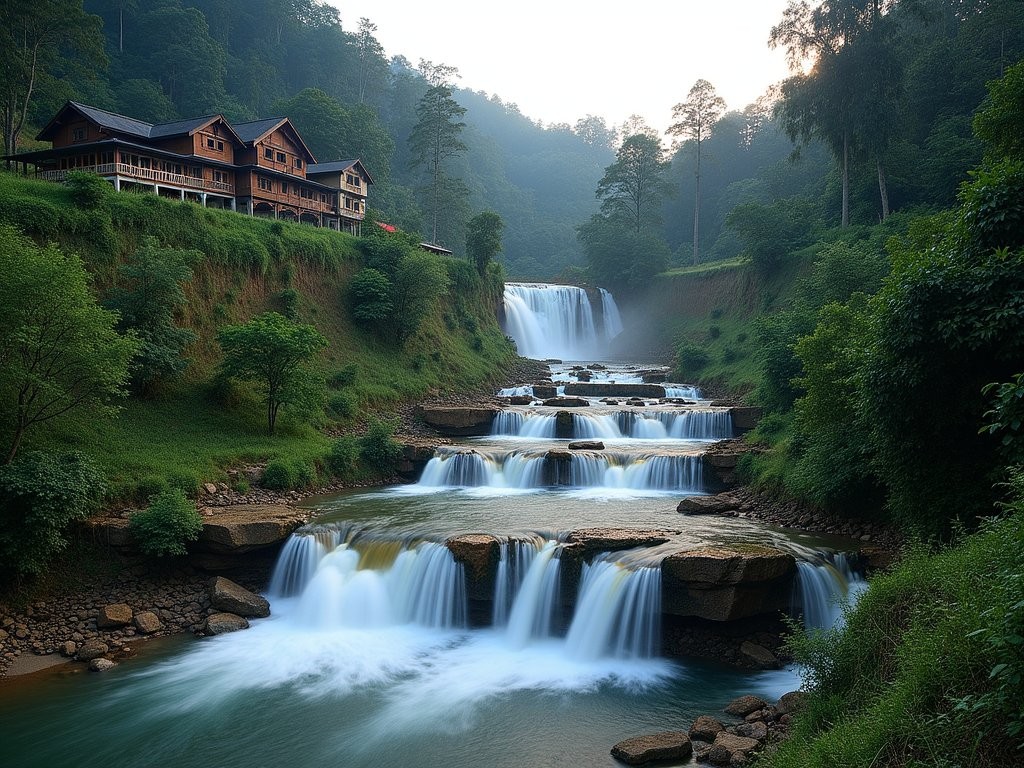
💡 Pro Tips
- Hire a local guide from Rangamati town—their knowledge of hidden paths and cultural context is invaluable
- Start this trek early (by 7 AM) to avoid afternoon heat and ensure you can return before sunset
- Bring small gifts (school supplies or tea) if visiting villages—never candy or money
The Sajek Valley Trek: Bangladesh's Himalayan Frontier
For those seeking Bangladesh's most spectacular mountain scenery, the three-day Sajek Valley trek delivers an experience that rivals better-known Himalayan destinations. Located in the northernmost part of the Chittagong Hill Tracts bordering India's Mizoram state, Sajek sits at an elevation of approximately 1,800 feet (550 meters) but feels significantly higher as you traverse ridgelines with expansive views across multiple mountain ranges.
Reaching the trailhead requires commitment: a 4-5 hour jeep journey from Khagrachari town over roads that redefine the concept of 'rugged.' I arranged transportation through Hillside Resort in Khagrachari, which specializes in Sajek expeditions and handles the additional permits required for this sensitive border region. The journey itself becomes part of the adventure, with military checkpoints and river crossings that underscore how few travelers venture here.
Day one of the trek covers approximately 14 kilometers, beginning from Ruilui Para and climbing steadily through mixed deciduous forest inhabited by the Lushai tribal community. The trail occasionally breaks into clearings offering views that genuinely took my breath away—rolling mountains extending to the horizon, their ridges creating rhythmic patterns of light and shadow. My compact binoculars proved invaluable here, allowing me to spot hornbills and occasionally glimpse small deer moving through distant forest patches.
The second day presents the trek's most significant challenge: a steep 800-meter ascent to the ridgeline separating Bangladesh from India. This border area requires hiking with an armed escort—typically a friendly officer from the Bangladesh Army who doubles as an informal guide. While this might initially feel intrusive, I found my escort, Captain Mahmud, to be knowledgeable about local ecology and respectful of my desire for a contemplative hiking experience.
What struck me most about Sajek was the profound silence. Having hiked extensively in Japan's mountains, I've grown accustomed to encountering other trekkers even on remote trails. Here, we went entire days without seeing another hiker. This solitude creates space for the kind of deep listening that reveals the mountain's subtler voices—the distinctive calls of unfamiliar birds, the rustle of unseen animals moving through undergrowth, the varied whispers of wind through different tree species.
Nights are spent in basic but comfortable homestays in Lushai and Tripura villages, where meals feature foraged mountain vegetables, bamboo-steamed rice, and occasionally wild boar prepared with techniques that reminded me of rural Japanese preservation methods—smoking, fermentation, and salt-curing all feature prominently in local cuisine.
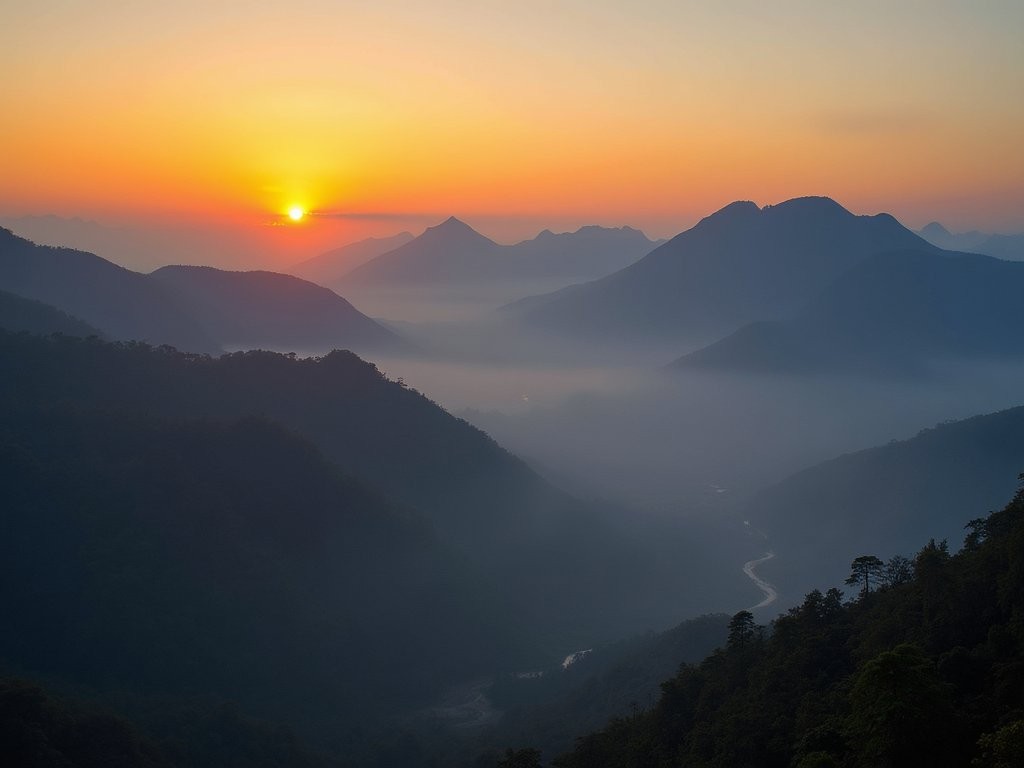
💡 Pro Tips
- Book your Sajek permits and transportation at least 5 days in advance through a reputable agency in Khagrachari
- Pack layers—temperature variations between day and night can exceed 15°C (27°F)
- Bring a quality sleeping bag liner for homestays where bedding cleanliness may vary
Indigenous Crafts: The Living Heritage of the Hills
Between treks, I dedicated time to exploring Rangamati's rich craft traditions—an interest shaped by my grandfather's influence and my own belief that traditional craftsmanship represents one of our most sustainable forms of material culture. The Chittagong Hill Tracts region is home to textile traditions that have remained remarkably unchanged for centuries, primarily because geographic isolation has limited outside influence.
In the small community of Borkol, approximately 25 kilometers from Rangamati town, I visited a Marma weaving collective where women create thami (traditional wraparound skirts) using backstrap looms. The distinctive geometric patterns—diamonds, triangles, and stylized mountain motifs—are created using natural dyes extracted from local plants: indigo for blue, turmeric for yellow, and madder root for red. What fascinated me was how the weavers conceptualize their designs not as decorative elements but as a form of written language, with each pattern telling specific stories about their community's relationship with the mountains.
The parallels to Japanese kasuri weaving techniques were striking, particularly in how negative space is incorporated into designs to suggest movement and depth. When I mentioned this connection to Mimi, a master weaver in her seventies, she nodded knowingly: "Different mountains, same human hands," she said through my translator. This elegant observation perfectly captured what I've observed in craft traditions worldwide—the remarkable convergence of techniques that develop independently across cultures.
In Rangamati's main town, the government-supported Indigenous Cultural Museum offers an excellent introduction to local craft traditions, though I found the most authentic experiences came from visiting artisans in their workshops. My travel journal quickly filled with sketches and notes about techniques that I hope might inform sustainability practices in my professional work—particularly the zero-waste approach to bamboo utilization, where every part of the plant serves a purpose.
Perhaps most impressive was the pottery tradition maintained by the Tanchanga community near Ghagra. Using clay harvested from specific river bends and firing techniques that require minimal fuel, these artisans create water vessels that naturally cool their contents through evaporation—an ingenious low-tech refrigeration system perfectly adapted to local conditions. The unglazed surfaces feature subtle impressed patterns created with bamboo tools, exemplifying the wabi-sabi aesthetic that values imperfection and utility in equal measure.
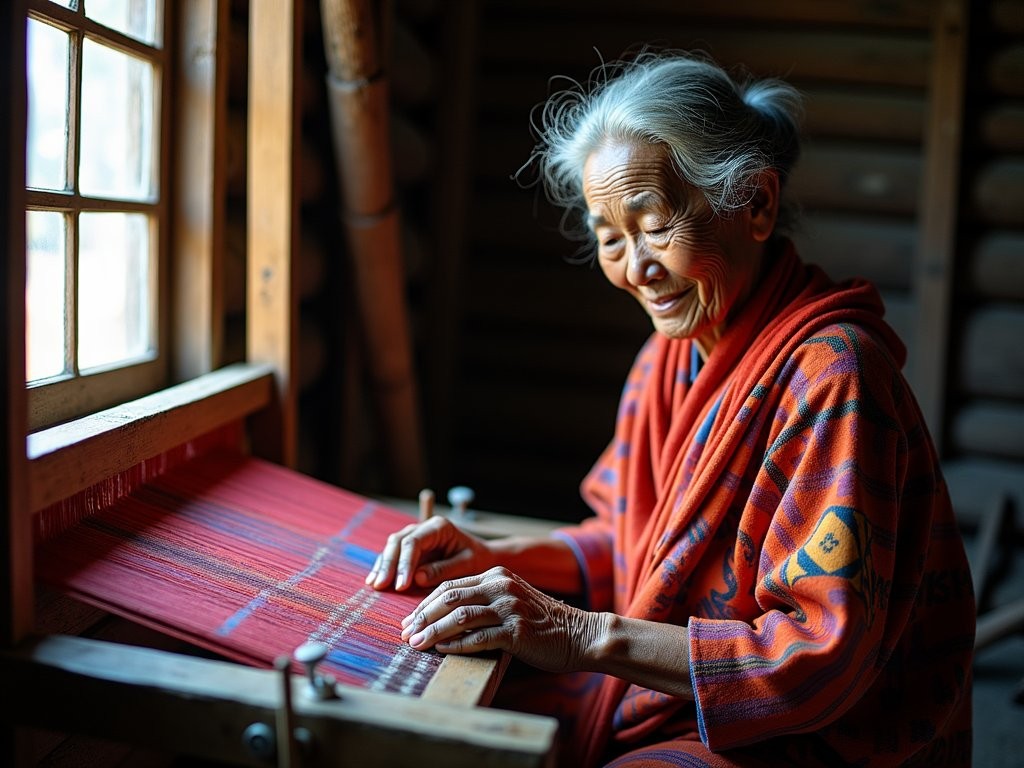
💡 Pro Tips
- Visit the Tribal Cultural Institute in Rangamati town first to understand the context before seeking out village workshops
- Purchase crafts directly from artisans rather than souvenir shops to ensure fair compensation
- Ask permission before photographing artisans or their techniques—some consider their methods proprietary
The Hanging Bridge Trail: Connecting Ancient Communities
My final trek in Rangamati followed what locals call the Hanging Bridge Trail, a historic route connecting tribal communities that predates modern infrastructure by centuries. This 18-kilometer path traverses multiple ecosystems, from bamboo forests to grasslands, linking villages that were traditionally isolated during monsoon seasons before the construction of modern suspension bridges.
Beginning at the small settlement of Barkal, accessible by boat from Rangamati town, the trail immediately challenges with a steep ascent through terraced hillsides cultivated with pineapple and jackfruit. The initial climb rewards with panoramic views of Kaptai Lake's northern reaches, where fingers of water extend into valleys between densely forested hills. Here, I paused to use my compact camera to capture the landscape's remarkable textures—the interplay of water, forest, and cultivated land creates patterns that reminded me of traditional Japanese landscape paintings where negative space plays as important a role as the subjects themselves.
What makes this trek architecturally fascinating are the traditional bamboo bridges that still exist alongside their modern counterparts. These indigenous engineering marvels—some spanning 30 meters across ravines—are constructed entirely from bamboo and rattan, without metal fasteners. They're replaced every two years in community efforts that have become important cultural ceremonies maintaining social bonds between villages.
At approximately the midpoint of the trek stands the most impressive of these structures: a 45-meter suspension bridge constructed by the Mro community that sways disconcertingly with each step. Crossing requires both physical balance and mental composure—a walking meditation that demands complete presence. The local guide accompanying me explained that young men traditionally proved their readiness for marriage by crossing this bridge carrying heavy loads during monsoon season, when winds make the crossing particularly treacherous.
The trail's final section descends through a protected forest reserve where Bengal monitor lizards and rhesus macaques can often be spotted. The path eventually emerges at Subalong village, where I had arranged for a boat to return me to Rangamati. This community is known for bamboo craftsmanship, particularly the creation of murra (low stools) and storage containers that demonstrate remarkable structural integrity using only interlocking joinery techniques.
What struck me most about this trek was how it revealed the indigenous communities' profound understanding of sustainable infrastructure. The traditional bridges require no imported materials, leave minimal environmental footprint, and actually strengthen through use as the bamboo fibers compress under tension. When they eventually require replacement, all materials return to the ecosystem without waste—a perfect example of circular design principles that modern sustainability professionals like myself strive to implement in contemporary contexts.

💡 Pro Tips
- Hire a local guide specifically familiar with this trail—some sections are poorly marked and easy to lose
- Wear shoes with excellent grip—the bamboo bridges become extremely slippery in morning dew
- Bring twice the water you think you'll need—the humidity makes dehydration a serious concern
Sustainable Trekking: Preserving Rangamati's Fragile Ecosystem
As both a sustainability professional and passionate trekker, I approach each hiking destination with dual awareness: appreciation for its natural beauty and concern for its environmental vulnerabilities. Rangamati presents particular challenges in this regard. The region's ecosystems are under pressure from multiple directions: deforestation for agriculture, hydroelectric projects that alter watersheds, and even well-intentioned but poorly executed tourism development.
Responsible trekking begins with water management. I carried a collapsible water bottle that allowed me to minimize plastic waste while maintaining adequate hydration. When refilling from streams (always purifying afterward), I was careful to collect water downstream from where locals might use the source for drinking or washing.
Waste management presents perhaps the greatest challenge in remote areas without disposal infrastructure. I implemented a strict pack-in, pack-out policy, carrying a dedicated dry bag for collecting not only my waste but occasionally litter left by others. This approach raised eyebrows among some local guides initially, but by explaining my reasoning, I found several became enthusiastic about adopting similar practices.
Accommodation choices significantly impact your environmental footprint in Rangamati. I prioritized locally-owned guesthouses and homestays over the few larger hotels in the region. Not only does this direct more income to local communities, but these smaller establishments typically have lower resource demands. The Marma Family Homestay near Kaptai Lake exemplifies thoughtful local accommodation—solar-powered lighting, rainwater collection systems, and meals prepared exclusively with locally-sourced ingredients.
Perhaps most important is cultural sustainability. The indigenous communities of the Chittagong Hill Tracts have faced decades of pressure to assimilate into mainstream Bengali culture. Responsible travelers can support cultural preservation by showing genuine interest in traditional practices, purchasing craft items directly from artisans (rather than middlemen), and respecting customs regarding photography and sacred sites. I was particularly careful about photography, always asking permission before capturing images of people or cultural practices.
One promising development I observed was the emergence of community-based tourism initiatives led by tribal youth organizations. These programs, such as the Chakma Cultural Experience near Rangamati town, train local young people as guides and cultural interpreters while ensuring tourism revenues benefit the broader community through education and healthcare initiatives. Supporting such programs represents one of the most effective ways travelers can contribute to sustainable development in the region.

💡 Pro Tips
- Choose accommodations with demonstrable environmental practices (solar power, water conservation, waste management)
- Consider hiring female guides where available—tourism provides important income opportunities for women in traditionally patriarchal communities
- Purchase locally-made trail snacks rather than importing packaged foods
Final Thoughts
As my boat glides back across Kaptai Lake toward Rangamati town on my final evening, I find myself reflecting on the unexpected depth of this trekking experience. The Chittagong Hill Tracts offer something increasingly rare in our hyperconnected world: genuine remoteness coupled with living cultural traditions. The physical challenges of these trails—the steep ascents, the humid heat, the occasional leech—fade in significance compared to the privilege of witnessing communities that maintain profound connections to their ancestral landscapes.
For the mindful traveler willing to embrace uncertainty and approach with cultural humility, Rangamati offers rewards that extend far beyond spectacular vistas. In an age when overtourism threatens many of Asia's natural wonders, these trails remain authentic, uncrowded, and transformative. The question that lingers as I watch the sun set behind the hills is whether this region can develop tourism that truly benefits local communities while preserving the very qualities that make it special. The answer, I believe, lies in the hands of both local stakeholders and the travelers who choose to venture here. If you decide to explore these remarkable trails, do so with awareness of your impact and a commitment to leaving positive footprints—both environmental and cultural—in this extraordinary corner of Bangladesh.
✨ Key Takeaways
- Rangamati offers challenging treks through pristine landscapes with minimal tourist infrastructure—preparation and cultural sensitivity are essential
- Winter months (November-February) provide ideal trekking conditions with dry weather and moderate temperatures
- Supporting indigenous craft traditions through direct purchases helps preserve cultural heritage and sustainable livelihoods
📋 Practical Information
Best Time to Visit
November through February (dry season)
Budget Estimate
$50-75 USD per day including accommodation, food, guides, and transportation
Recommended Duration
7-10 days minimum to experience multiple trails
Difficulty Level
Advanced


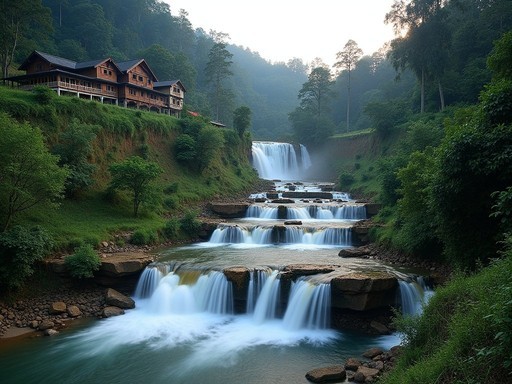
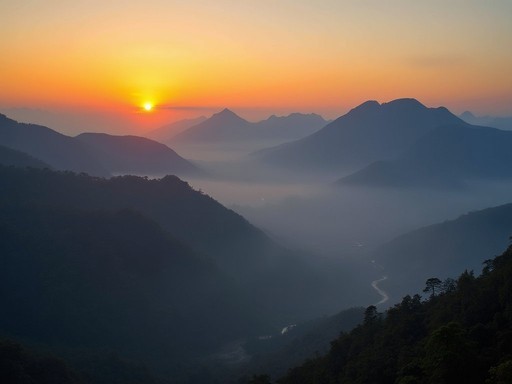
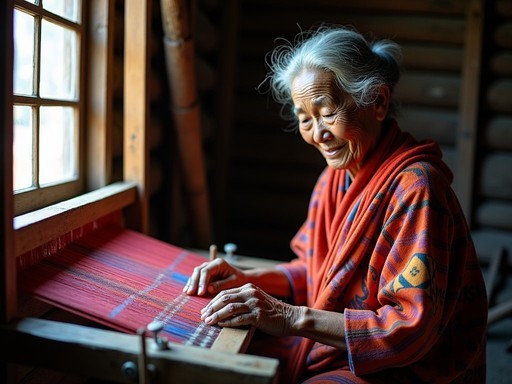
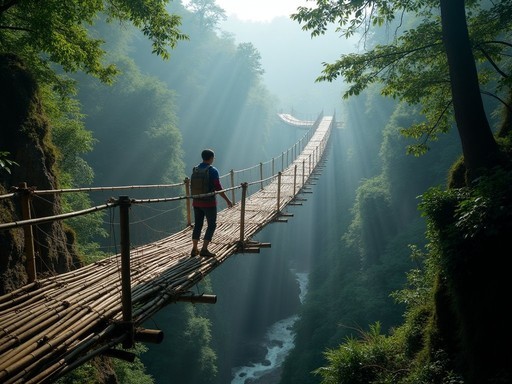
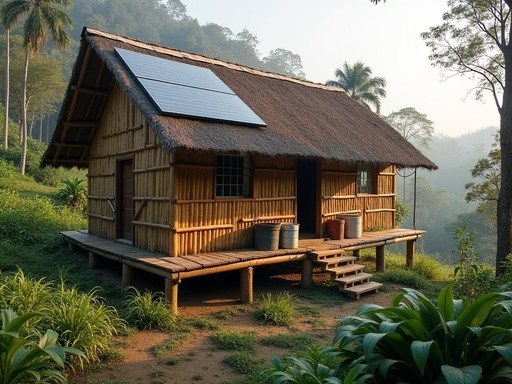


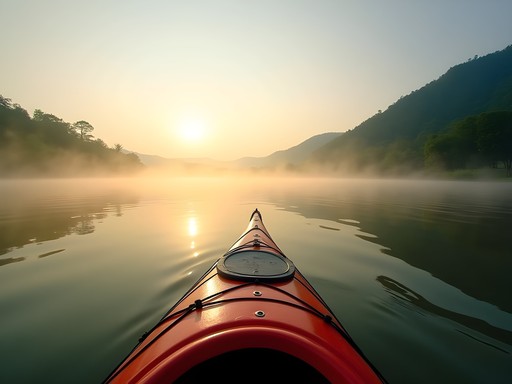
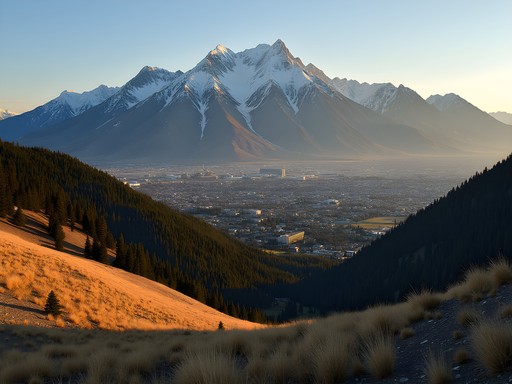

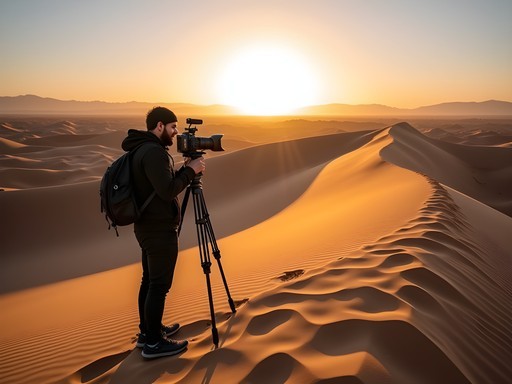
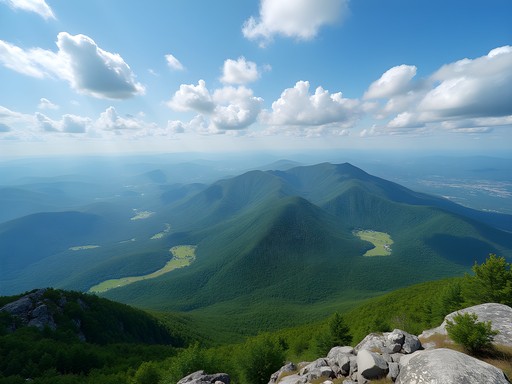


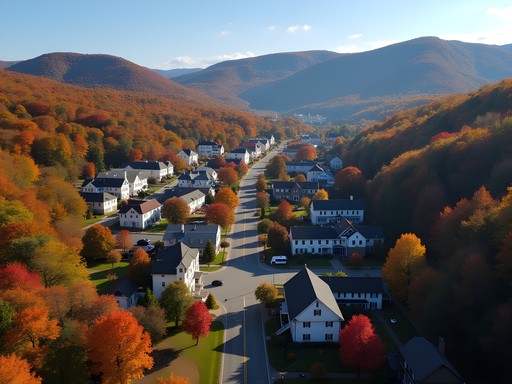
Comments
travelspirit45
Those photos of Kaptai Lake are absolutely stunning! Adding this to my bucket list right now.
Casey Andersson
Kenneth, your post captures the essence of Rangamati so beautifully! I visited last year and was equally enchanted by the Chittagong Hill Tracts. The Shuvolong Falls circuit was a highlight for me too, though I found the humidity in June nearly unbearable! For anyone planning to trek there, I'd recommend going during the cooler months as Kenneth did. One experience I'll never forget was watching a traditional bamboo dance in a Tripura village - the rhythmic patterns were mesmerizing. I also picked up some incredible handwoven textiles that are now proudly displayed in my home. For those concerned about gear, I trekked with my hiking boots which handled the terrain perfectly, especially during those unexpected rain showers! Looking forward to your next adventure, Kenneth!
wildone
Casey - did you need a guide for the Shuvolong circuit? Planning to go solo in November.
Casey Andersson
I wouldn't recommend going without a guide, even though parts of the trail are well-marked. The cultural context a local guide provides is invaluable, plus regulations change frequently. November should be perfect weather though!
travelstar3497
Don't miss the sunset from Hanging Bridge if you go! Worth timing your trek to be there around 5pm.
Riley Griffin
Kenneth's post brought back so many memories! We took our teenagers to Rangamati last summer as part of our 'off the beaten path' family adventure series. The boat journey across Kaptai Lake was their favorite part - my son still talks about the floating markets. One tip for families considering this trek: the homestay in Sajek Valley was an incredible cultural experience, but bring sleeping bags as bedding can be minimal. The kids were initially hesitant about the lack of WiFi but ended up fully immersed in learning traditional weaving from our host family. Sometimes the best family memories come when the devices are powered down!
globeexplorer
I've been wanting to visit Bangladesh for ages but always end up choosing more 'conventional' destinations. This post might finally push me over the edge! How difficult would you say the Shuvolong Falls trek is for someone with moderate fitness? And did you find English speakers common in the region?
Kenneth Jones
The Shuvolong Falls trek is quite manageable with moderate fitness! It's about 4-5 hours round trip with plenty of spots to rest. English is limited outside tourist areas, but guides in Rangamati town speak good English. That's another reason I recommend hiring a local guide - they bridge the language gap and enhance the cultural experience.
Megan Martin
Kenneth, your piece on Rangamati really captures the essence of what makes the Chittagong Hill Tracts so special. I was there on assignment last year documenting sustainable tourism initiatives with the Chakma communities. The cultural immersion opportunities are unparalleled. For anyone planning a trip, I strongly recommend spending at least 3 days in Sajek Valley to fully appreciate the changing mountain vistas. Also worth noting that cell service is spotty at best, so download offline maps and bring a solar charger if you're planning extended treks.
Kenneth Jones
Thanks Megan! Great tip about the offline maps - I should have emphasized that more. Your work with the Chakma communities sounds fascinating!
roamone
OMG SAJEK VALLEY! I was there during the cloud sea season and it was MAGICAL! Like literally walking above the clouds! Your photos bring back such amazing memories. Did you try the bamboo chicken? LIFE-CHANGING!
tripdiver4149
How's the safety situation in Chittagong Hill Tracts these days? I've heard mixed things about traveling there as a foreigner.
Kenneth Jones
Great question! The situation has improved significantly in recent years. I traveled with a local guide which I highly recommend - you'll need permits for certain areas anyway. Just register with your embassy before going and stick to established routes.
travelstar3497
Was there last month and felt completely safe. The military checkpoints are just formalities now, but definitely get those permits sorted before arriving.
greenace8558
Those sunrise shots over Kaptai Lake are absolutely stunning! Makes me want to pack my bags right now.
photomate
Those sunrise photos over Kaptai Lake are stunning! What time did you have to wake up to catch that perfect light? And did you need special permission to photograph in the indigenous villages?
Kenneth Jones
I was up at 4:30am for those shots! For village photography, I always asked permission first - not just a legal thing but a respect thing. Most people were very welcoming once they understood I was genuinely interested in their culture.
photomate
Thanks! Definitely worth the early wake-up call. I'll remember to be respectful with my camera when I visit.
Venture X
Premium card with 2X miles, $300 travel credit, Priority Pass